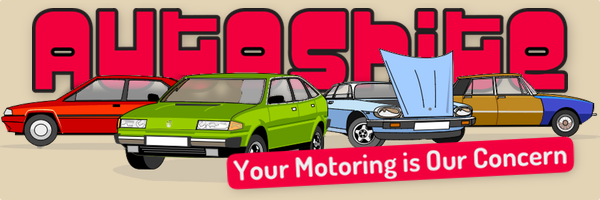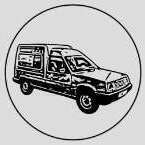Suspension question - anti roll bars
-
Similar Content
-
The body roll thread 1 2 3
By Peter C,
- 70 replies
- 4,297 views
-
End of hydropneumatic suspension (apparently) 1 2 3
By Wilko220,
- 82 replies
- 10,292 views
-
- 139 replies
- 10,234 views
-
Tales of car buying....Meeting a car anti salesman......
By Marina door handles,
- 7 replies
- 972 views
-
Matra Murena back on the road (was: suspension parts) 1 2
By Guest Breadvan72,
- 59 replies
- 5,505 views
-




.thumb.jpg.408c8d25f5f8434a87eaaa2ce0685365.jpg)

Recommended Posts
Create an account or sign in to comment
You need to be a member in order to leave a comment
Create an account
Sign up for a new account in our community. It's easy!
Register a new accountSign in
Already have an account? Sign in here.
Sign In Now